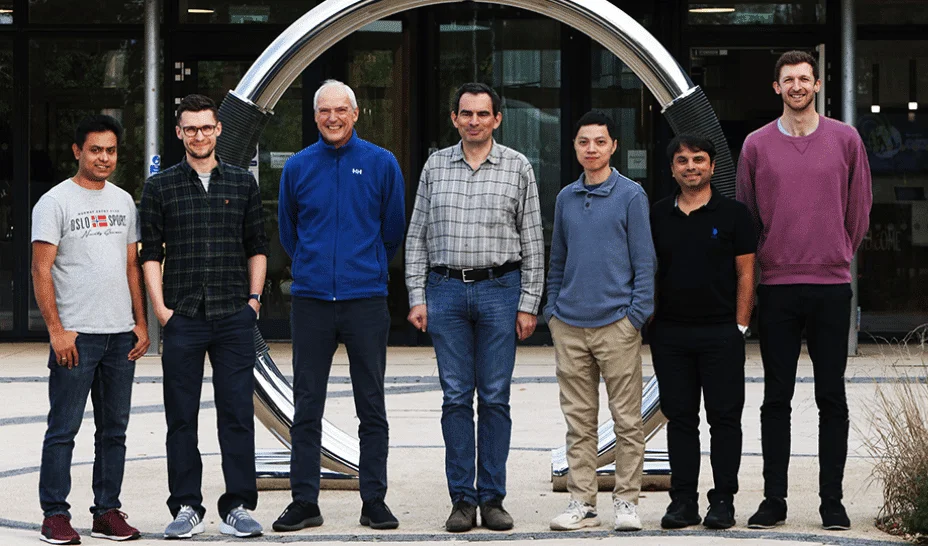Microsoft has unveiled Copilot Search, a new AI-powered feature designed to enhance the Bing search experience.
Available at bing.com/copilotsearch, it generates responses using AI, providing users with summarised answers, related links, and reasoning behind the results. The feature follows Google‘s introduction of AI Mode in Search, which similarly offers AI-generated overviews for complex queries.
Copilot Search enables users to explore their queries more interactively. Responses include two key options: ‘See all links,’ which displays sources used in the summary, and ‘See reasoning,’ which explains how the response was generated.
Users can also submit follow-up questions within the same interface, keeping the entire conversation on a single page for easier navigation. Additional options for images and videos are available, though they redirect to Bing’s standard media search.
The latest search enhancement introduced by Microsoft reflects the increasing role of AI in online search, blending AI-generated insights with traditional web links.
Bing users who prefer the classic search experience will still have access to traditional results, while AI-generated answers will appear at the top of natural language queries.
For more information on these topics, visit diplomacy.edu.










